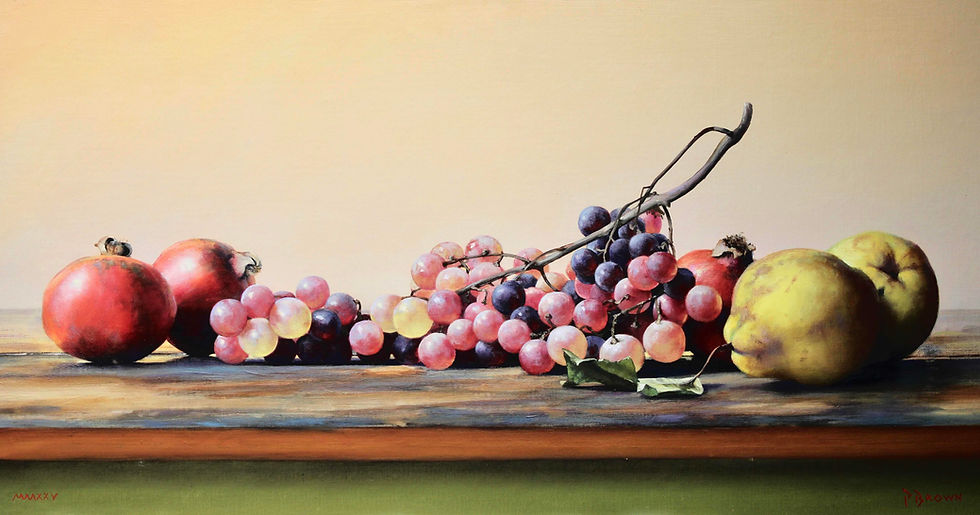EUGUENE LELIEPVRE | Afore Ye Go
Watercolour
35 x 25 cms / 13 ¾ x 9 ¾ inches
Signed Eugène Lelièpvre (lower right)
Eugène Lelièpvre’s Afore Ye Go captures a traditional British countryside scene in this vivid figurative painting. A celebrated 20th-century artist, Lelièpvre skilfully portrays the camaraderie of sporting life, from the poised riders to the attentive hounds. With a keen eye for movement and atmosphere, he brings this country pursuits painting to life, making it a striking addition for collectors who appreciate the elegance and heritage of equestrian art.
Eugène Leliepvre (1908-2013) was one of France’s most prolific military and equestrian artists. He captured military battle scenes with painstaking attention to detail and accuracy and became renowned for his dynamic portrayal of hunting and sporting scenes.
Born in Montreuil-sur-Mer in Northern France, Leliepvre showed great artistic talent in his early years. His grandparents owned the Hôtel de France in Montreuil, a building steeped in history, which became a popular stopping point for artists from British and American institutions whilst on their tours of Europe in the later nineteenth and early twentieth century. It was in this artistic atmosphere that Leliepvre’s first years were spent.
Leliepvre grew up in the midst of the First World War and witnessed first-hand a French cavalry charge against the German infantry on the cobbled streets of his hometown of Lille. In later years, the artist recounted this memory as the nucleus for his passion for military history. Inspired by the paintings of Edouard Detaille at the Invalides in Paris, and the military masterpieces of Ernest Meissonier, their attention to military detail delighted the young Leliepvre, who would go on to be named the official artist to the French Army in 1951.
Leliepvre studied at the Ecole des Beaux Arts de Lille before moving to Paris in the early 1920’s where he studied under Gaston Saint Georges, George Busson and Pierre Bemgui. He received a traditional artistic education under the ideals of Academic standards of art but after a period spent restoring murals, Leliepvre began painting a variety of subjects from elegant nudes to still lives with a more modern colouring.
Equestrian subjects were an integral part of the artists life and career. One of Leliepvre’s earliest memories was of the powerful muscles of a stallion that belonged to a horse breeder who lived adjacent to the Hôtel de France in Montreuil. It is said that from the age of four, Leliepvre would draw the horse’s movements in the dust on the ground. In 1923 Leliepvre visited an exhibition of equestrian paintings by Francisque Rebour at Galerie Henaut in Paris, delighted by Rebour’s superb ability to capture the drama of a horse jumping over a fence or careering along the racetrack, Leliepvre sought out the artist to teach him the art of sporting pictures.
Leliepvre’s sporting pictures, executed in watercolour with vibrant colouring and dynamic brushstrokes, became highly sought after. Leliepvre’s passion for horses is evident in his superb rendering of the horses’ form. A keen rider from the days of his military conscription between the Wars, a riding accident in his late fifties left Leliepvre almost paralysed. Under his doctors orders to never ride again, Leliepvre instead fulfilled his passion painting his favourite subject instead and teaching horse riding when not in his studio.
Throughout Leliepvre’s long and illustrious career the artist won numerous awards and accolades in Parisienne artistic circles. On the occasion of his one hundredth year Leliepvre received the highest award honouring a military historian from the Military Historians Company in America. His paintings are widely ceebrated by American and European collectors and to this day his charming equestrian works are among his most sought after by sporting art enthusiasts.
- Free shipping for artworks above £5,000 in the UK. For International customers please contact us for a shipping quote.

















